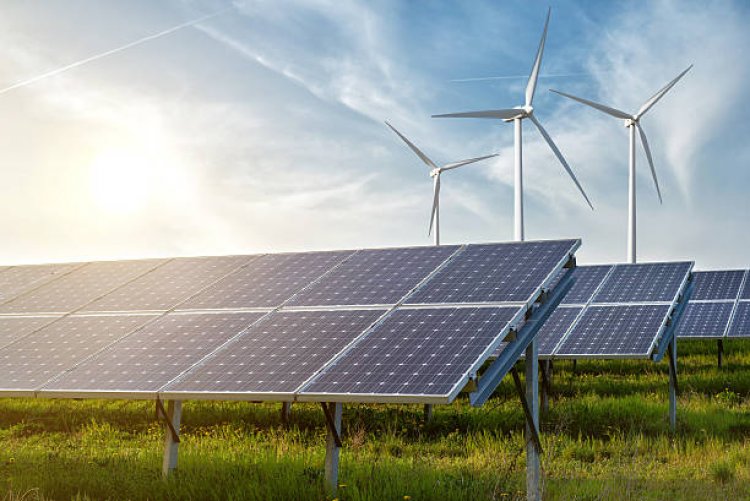Nepal's Renewable Energy Sector and Major Challenges
The source of renewable energy in Nepal, the major challenges faced in this industry, and the future scope of renewable energy in Nepal.

Nepal has abundant renewable energy resources, including solar, hydroelectric, wind, and biomass. However, the country has historically relied heavily on fossil fuels for its energy needs, and the transition to renewables has been slow.
One of the main barriers to the widespread adoption of renewable energy in Nepal has been the lack of infrastructure and investment. The country has a relatively small and underdeveloped electrical grid, which has made it difficult to integrate renewable energy sources. Additionally, the high cost of renewable energy technologies has made it challenging for many households and businesses to switch to clean energy.
Despite these challenges, Nepal has made some progress in increasing its use of renewable energy. The government has set a target of generating 100% of its electricity from renewable sources by 2030 and has implemented a number of initiatives to encourage the adoption of renewables.
One of the most significant developments in Nepal's renewable energy sector has been the expansion of hydroelectric power. Nepal has a number of rivers and streams that are suitable for hydropower development, and the country has a long history of using hydropower as a source of energy. In recent years, the government has been working to increase the capacity of its hydroelectric plants and to develop new projects.
In addition to hydropower, Nepal has also been working to expand its use of solar energy. The country has a high level of solar radiation, and solar energy has the potential to provide a significant portion of Nepal's energy needs. The government has implemented a number of initiatives to encourage the adoption of solar energy, including subsidies for solar panel installations and the development of large-scale solar projects.
Wind energy is another renewable resource that has the potential to play a significant role in Nepal's energy mix. The country has several areas with high wind speeds, and there have been a number of wind power projects developed in recent years. However, the high cost of wind energy technologies and the lack of infrastructure to support wind power development have been barriers to the wider adoption of wind energy in Nepal.
Biomass energy, which includes energy from sources such as wood, agricultural waste, and animal manure, is another renewable energy resource that is widely used in Nepal. Biomass energy is often used in rural areas where access to electricity is limited, and it has the potential to play a significant role in meeting the energy needs of these communities.
Overall, Nepal has a significant potential to increase its use of renewable energy and to reduce its reliance on fossil fuels. The country has a number of renewable energy resources that can be harnessed to meet its energy needs, and the government has set ambitious targets for the adoption of clean energy. However, the transition to renewables will require significant investment in infrastructure and technology, as well as efforts to educate and engage communities in the transition to clean energy.
What's Your Reaction?





































































































